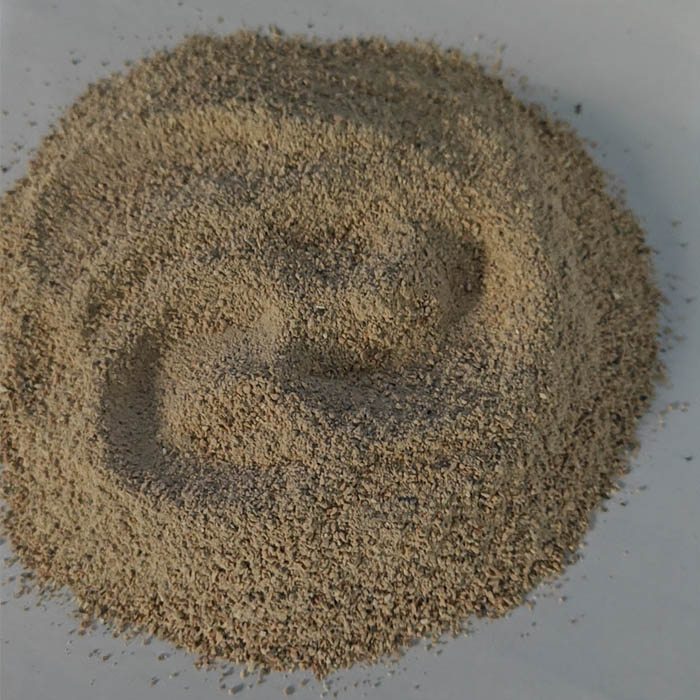Nov . 16, 2024 17:58 Back to list
spherical carbon adsorbent
The Growing Significance of Spherical Carbon Adsorbents in Environmental Applications
In recent years, the urgency to address environmental concerns has catalyzed the development and application of innovative materials for pollutant removal. Among these materials, spherical carbon adsorbents have emerged as a critical component in addressing various environmental challenges, particularly in the fields of water treatment, air purification, and CO2 capture. This article explores the importance of these adjuvant materials, their properties, production processes, and their applications in promoting sustainable environmental practices.
Understanding Spherical Carbon Adsorbents
Spherical carbon adsorbents are carbon-based materials that are characterized by their spherical shape, which enhances their effectiveness in adsorption processes. The unique morphology allows for a higher surface area compared to traditional carbon adsorbents like powder or granulated forms. The increased surface area translates to improved adsorption capacity, making spherical carbon adsorbents a popular choice for various applications.
The porous structure of these carbon materials is primarily derived from their production process, which often includes methods such as pyrolysis or chemical activation. During pyrolysis, organic materials such as biomass or polymers are thermally decomposed in an inert atmosphere, resulting in a carbonaceous material with well-defined pores. Chemical activation involves treating carbon precursors with activating agents (e.g., KOH or H3PO4) at high temperatures, creating a highly porous structure conducive to adsorption.
Applications in Water Treatment
One of the most notable applications of spherical carbon adsorbents is in water treatment. Contaminated water is a pressing global issue, with industrial discharge, agricultural runoff, and domestic waste contributing to the deterioration of water quality. Spherical carbon adsorbents have demonstrated superior performance in removing various pollutants, including heavy metals, dyes, and organic compounds.
Their high adsorption capacity and selectivity allow for the effective treatment of wastewater, enabling the removal of toxic substances to meet regulatory standards. Moreover, the spherical shape facilitates easier handling and filtering during water purification processes, making it a practical choice for both small-scale and large-scale treatment systems. Researchers continue to explore and optimize the properties of these adsorbents to further enhance their efficacy in different water treatment scenarios.
spherical carbon adsorbent

Air Purification and CO2 Capture
The role of spherical carbon adsorbents is not limited to water treatment; they also play a significant role in air purification and carbon capture technologies. In the fight against air pollution, these materials are used to adsorb volatile organic compounds (VOCs), particulate matter, and other harmful gases. Their efficiency in trapping airborne pollutants helps improve indoor and outdoor air quality, thus contributing to public health and environmental sustainability.
In the context of climate change, capturing CO2 emissions has become paramount. Spherical carbon adsorbents offer an innovative solution by providing a means to capture CO2 from industrial processes and power plants. The development of advanced spherical carbon materials with tailored pore sizes and surface properties can significantly enhance the efficiency of CO2 sorption, making them a viable option in carbon capture and storage (CCS) applications.
Future Directions and Innovations
The advancements in spherical carbon adsorbents are continuously evolving, with research focusing on improving their performance and sustainability. Innovations in production techniques aim to utilize renewable resources, such as agricultural waste and other non-food biomass, thereby minimizing environmental impact and promoting circular economy principles.
Furthermore, integrating nanotechnology and functionalization processes may lead to the development of smart adsorbents with the ability to target specific pollutants, thus maximizing efficiency. As regulatory frameworks become stricter and public awareness regarding environmental issues grows, the demand for advanced materials such as spherical carbon adsorbents will likely increase.
Conclusion
In summary, spherical carbon adsorbents represent a promising solution in the quest for environmental protection and pollutant remediation. Their unique properties make them suitable for a wide range of applications, from water treatment to air purification and CO2 capture. As continued research and innovation drive the development of these materials, they are poised to play an increasingly vital role in sustainable environmental practices, offering effective tools to combat pollution and contribute to a healthier planet. The potential of spherical carbon adsorbents is vast, and their future impact on environmental science and technology is undoubtedly significant.
-
Eco-Friendly Granule Covering Agent | Dust & Caking Control
NewsAug.06,2025
-
Fe-C Composite Pellets for BOF: High-Efficiency & Cost-Saving
NewsAug.05,2025
-
Premium Tundish Covering Agents Exporters | High Purity
NewsAug.04,2025
-
Fe-C Composite Pellets for BOF | Efficient & Economical
NewsAug.03,2025
-
Top Tundish Covering Agent Exporters | Premium Quality Solutions
NewsAug.02,2025
-
First Bauxite Exporters | AI-Optimized Supply
NewsAug.01,2025
